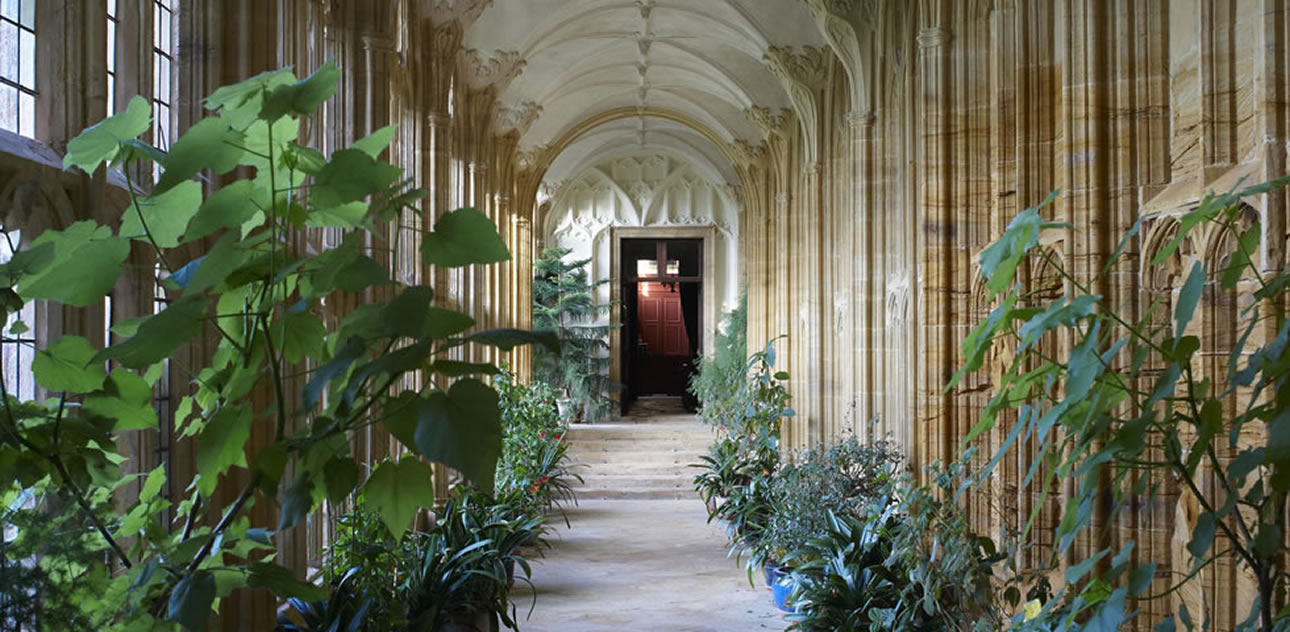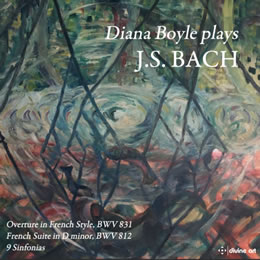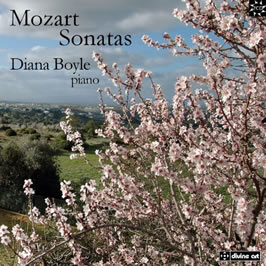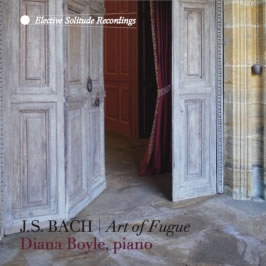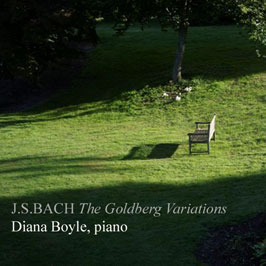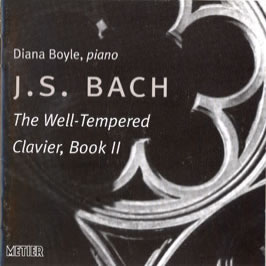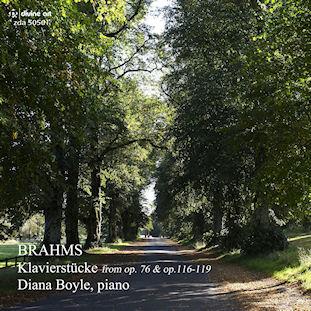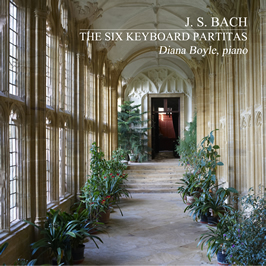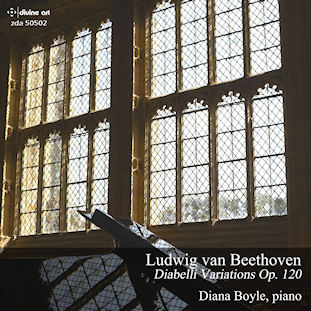"There is a coolness about her interpretation that allows the music to speak without hindrance of any sort."
The first CD of this two-disc album presents a complete performance of the ‘Overture in the French Style’, BWV 831, also known as the French Overture. This was published during 1735 in the second part of Clavier-Übung II alongside the Italian Concerto. At well over half and hour this is the longest keyboard suite written by Bach. Much of the duration is taken up with the long opening movement, the ‘overture’ itself. After this comes a variety of dance movements before concluding with a ‘dainty’ ‘Echo’. Other movements include two ‘charming’ Passepieds and two ‘lively’ Bourrée’s.
This is the first time that I have sat down and listened to this wonderful work from end to end. And I was impressed. Diana Boyle captures the magic of all these appealing shorter movements, as well as successfully presenting the demanding ‘overture.’ I guess that she plays these ‘dances’ slower than other interpreters (e.g. András Schiff, 31:47), however I enjoyed every bar.
I cannot quite recall when I first heard a recording of these landmark keyboard Suites: it may well have been George Malcolm’s version for harpsichord. I discovered the wayward (but genius) Glenn Gould version issued in the early 1970s. More recent experience has led me to enjoy and savour the Hyperion edition with the vivacious, but always poised, playing by Angela Hewitt. And not forgetting András Schiff on Decca. I guess that is my favourite version.
The so-called French Suites were probably written for Bach’s wife Anna Magdalena Bach. The first five appear in her music-book begun in 1722 (Clavier-Büchlein vor Anna Magdalena Bach). Interestingly, Friedrich Wilhelm Marpurg was the first person to apply the title to these six suites in 1762. They are more international than the title suggests. The opening ‘allemande’ is German, the ‘courante’ is Italian, the ‘Sarabande’ is Spanish and the ‘gigue’, probably English. The ‘menuets I & II’ are French. Diana Boyle takes the entire Suite at a very relaxed pace, certainly compared to Angela Hewitt and András Schiff.
Most piano students have struggled to play Bach’s Inventions at some point in their career. It is well-known that the two-part inventions are ‘easier’ than the three-part Sinfonias (or Inventions). I think there is only one of the latter that I can tackle, whereas I can battle (badly) my way through several of the former. I never know whether these ‘Inventions’ ought to be performed from beginning to end in a recital, taking note of the key scheme of ascending keys with eight major and seven minor in each group. Here, Diana Boyle has selected nine of the 17 sinfonias and plays them in order of increasing tempo. Beginning slowly the group works up to Sinfonia no.12. The final example, no.9 is once again slow. Typically, Boyle plays these pieces slower than, say, Gould. But they are well-performed and reveal much of their delight and charisma.
The liner notes by ‘D.E.’ are helpful and explain Diana Boyle’s approach to J.S. Bach. The recording of the music is excellent and allows the listener to hear the interaction of all the contrapuntal parts and the articulation of the ornaments.
I enjoyed Diana Boyle’s interpretation of this work. There is a coolness about her interpretation that allows the music to speak without hindrance of any sort. Neither does she destroy the flow of the music with excessive ornamentation.
I think it all comes down to her musical aesthetic which declares that Bach’s ‘music is for the inner spirit, for our deepest meditation.’ On the other hand, there is a danger here that the ‘dance’ elements of these works may get lost in a soft-focus haze.
John France

